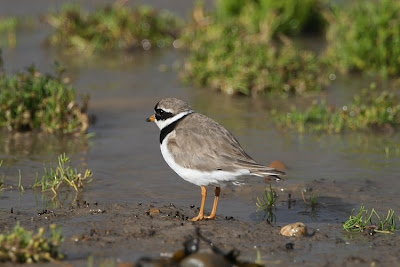 I did some gardening yesterday. Not as much some as I might have because (somehow) the camera and macro lens found their way outside. These aren't any more than snaps - all hand held, and largely at wide open apertures (cloud, wind, blah, blah, blah) - but I thought I'd post a few. Click here and look in the latest folder for better quality views.
I did some gardening yesterday. Not as much some as I might have because (somehow) the camera and macro lens found their way outside. These aren't any more than snaps - all hand held, and largely at wide open apertures (cloud, wind, blah, blah, blah) - but I thought I'd post a few. Click here and look in the latest folder for better quality views.The pink sedum flowers were most popular,






 although linaria,
although linaria,
rudbeckia

and verbena all did their bit.

The rather cool toon army garbed fly is not, I think, a flesh fly - my first guess - as the abdominal markings look more like Eustalomyia festiva (if you care!).

P.S. Anyone know how to get clay off your camera gear?






 When I took the shot I thought the last bird was holding seaweed, but after some cropping it turns out it was a cricket. (Beach cricket?!)
When I took the shot I thought the last bird was holding seaweed, but after some cropping it turns out it was a cricket. (Beach cricket?!)






 A while ago I decided to stop moaning about this year's weather. I just sounded like a miserable old git, going on weekend after weekend. But really, .......... this is August, for God's sake, so I guess that's what I am. The better day of the weekend saw me at Slimbridge briefly, looking at dot-like waders in the distance and a few members of the munster family (post to follow), and then out at Marshfield in south South Gloucestershire, about which I'd read tales of corn bumting and whinchat in a pea field.
A while ago I decided to stop moaning about this year's weather. I just sounded like a miserable old git, going on weekend after weekend. But really, .......... this is August, for God's sake, so I guess that's what I am. The better day of the weekend saw me at Slimbridge briefly, looking at dot-like waders in the distance and a few members of the munster family (post to follow), and then out at Marshfield in south South Gloucestershire, about which I'd read tales of corn bumting and whinchat in a pea field. 






 The gallery on the Hoverfly recording scheme website has helped in the past,
The gallery on the Hoverfly recording scheme website has helped in the past, 
















